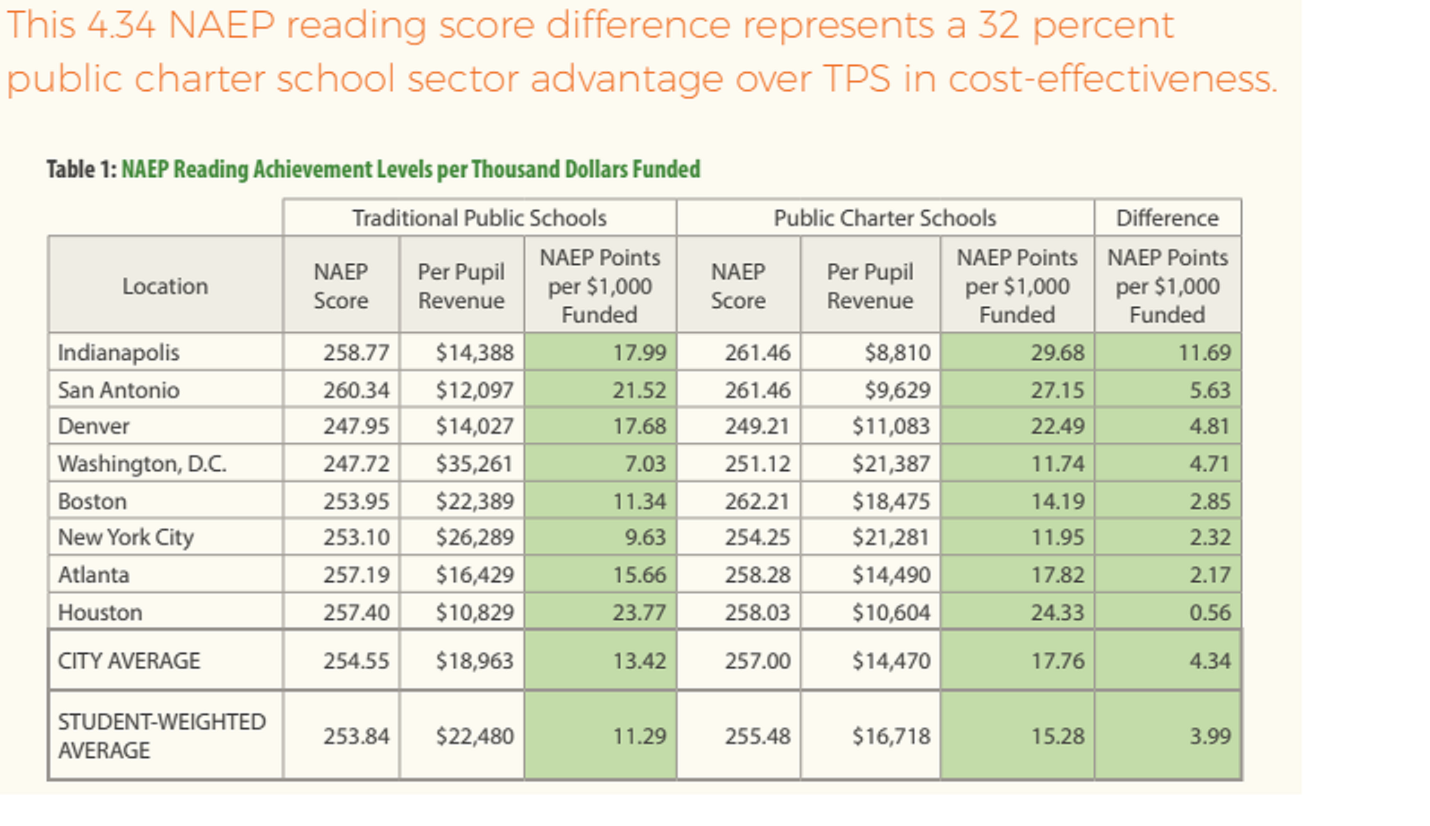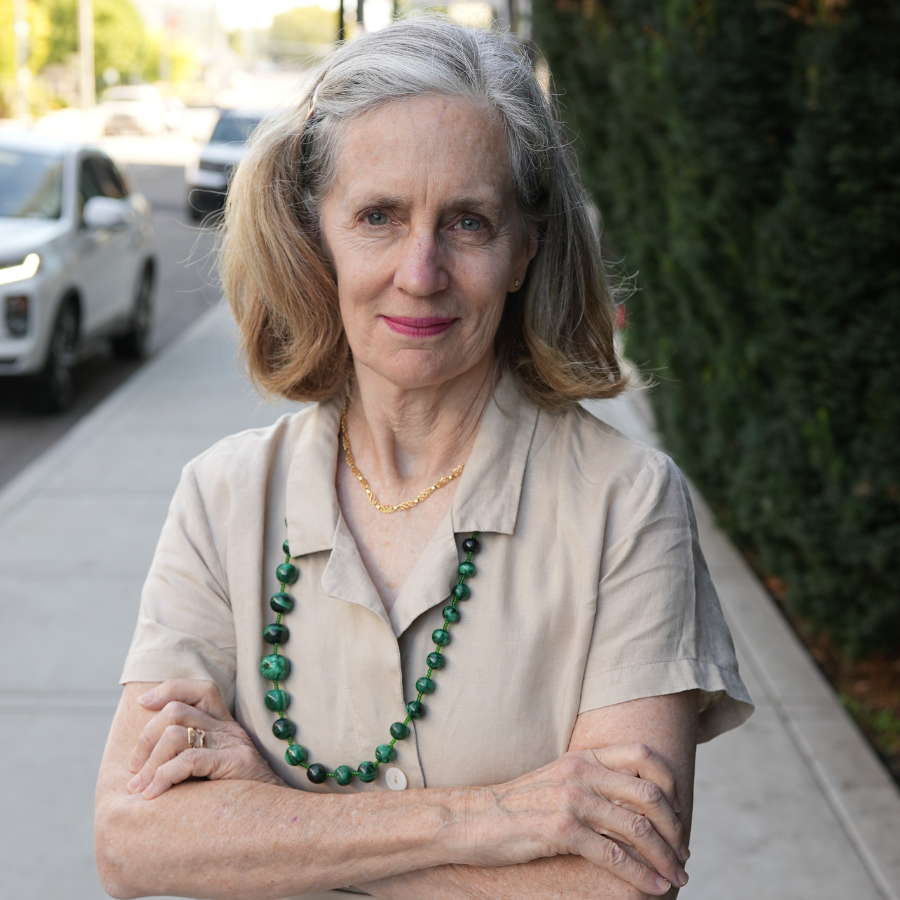Yesterday a friend sent me more good news about public charter schools. A new study from CATO and the University of Arkansas examines student performance at charter schools and traditional schools in eight major U.S. cities, Washington D.C., Indianapolis, Boston, Denver, San Antonio, New York City, Atlanta, and Houston. These researchers also conducted a return-on-investment (ROI) analysis, comparing projected lifetime earnings of charter school students with those of traditional school students, relative to the cost to taxpayers. Their conclusion? They show public charter schools are delivering better results for students at significantly lower costs to taxpayers.
This study breaks new ground. The results are fascinating, especially the results from Washington D.C. This district has the sixth-largest charter school sector in the nation, with 46 percent of all students preferring a public charter school to their assigned traditional school. D.C.’s charter schools have revenue of $21,387 per student. Traditional schools run by the central district have $35,261 per student. So, with nearly $14,000 less per student, D.C.’s charter schools provide their students more reading and math knowledge than district schools.
In the words of Corey DeAngelis, lead researcher:
“But these results shouldn’t surprise anyone. When educational institutions have the incentive to spend money wisely, they do just that. Because residentially assigned government schools do not have to attract their customers, they can spend tons of money on administration and fancy buildings. On the other hand, charter schools must spend money on kids – rather than administrators – if they want to keep their doors open.”
Parents in the D.C., and elsewhere, are savvy. Parents notice charter schools spend their money on students, not administrators. In addition to spending money wisely, D.C.’s charter schools attract parents by offering an exciting diversity of schools. For example, D.C. charter schools include The Academy of Hope, which provides adult vocational education to help students gain valuable work skills; Excel Academy which is a single-sex school, for girls only; Democracy Prep, a highly successful network of charter school from Central Harlem; Basis schools, Montessori schools, and SEED Public Charter School, a boarding school for high school students.
As Mr. DeAngelis suggests, however, there is more to this story than test scores, money, and the incentives money provides. The charter school model restores parents as key decision-makers. Having parents fully on board directing the education of their children more than makes up for having less money.





